'Framing' a view, in Japanese
linnea2
18 years ago
Related Stories
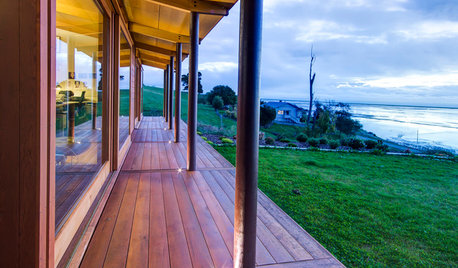
HOMES AROUND THE WORLDHouzz Tour: Japanese Aesthetic in a Kiwi Home by the Sea
Perched above Tasman Bay, a horizontal home hugs the earth and opens up to views
Full Story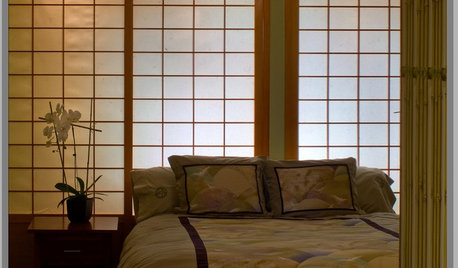
Design Solution: Japanese Shoji Screens
See How Light-Filled Shojis Create Serene Spaces for Modern Homes
Full Story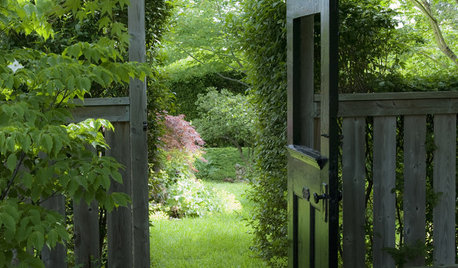
LANDSCAPE DESIGNFrame a Garden View for Intrigue and Abundance
Set the stage for curiosity and delight by emphasizing framed scenes in the landscape, near and far
Full Story
WINDOWSDesign Details: Framing Views
Large and Small, Frames Turn Windows Into Pictures of Your World
Full Story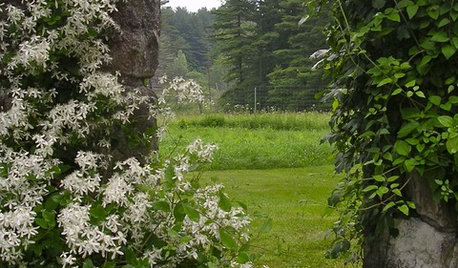
GARDENING AND LANDSCAPINGOld-School Design: Frame Your Garden View
Highlight your landscape's best features with curving branches, a vine-covered arch, or modern garden structure
Full Story
WINDOWSFrame the View with Divided-Light Windows
Multi-pane windows add architectural interest to rooms of any style
Full Story
REMODELING GUIDESFrame Your Views With Great Moldings and Casings
How to Work With Trim to Give Your Space Depth and Interest
Full Story
TREESGreat Design Plant: Coral Bark Japanese Maple, a Winter Standout
Go for garden gusto during the chilly season with the fiery red stems of this unusual Japanese maple
Full Story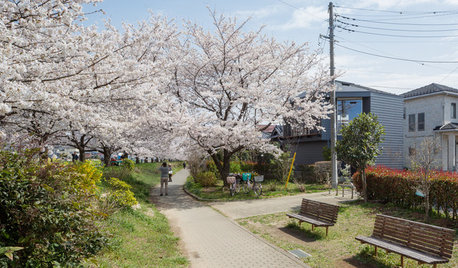
ARCHITECTURE4 Japanese Homes Proudly Speak to Their Surroundings
We’re celebrating the launch of Houzz Japan by exploring 4 key homes that speak to the Japanese lifestyle and landscape
Full Story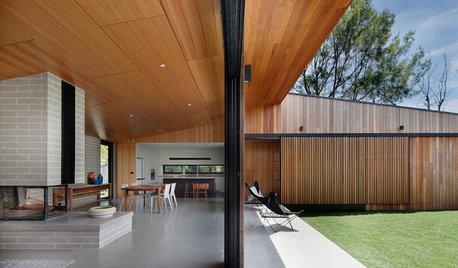
ARCHITECTUREDesign Workshop: How the Japanese Porch Makes a Home Feel Larger
The Japanese ‘engawa,’ a roofed transitional zone and social space, blurs the lines between indoors and out
Full StorySponsored






asuka
linnea2Original Author
Related Professionals
Derry Landscape Architects & Landscape Designers · Ferndale Landscape Architects & Landscape Designers · Wareham Landscape Architects & Landscape Designers · Waunakee Landscape Architects & Landscape Designers · Mount Wilson Landscape Architects & Landscape Designers · Brentwood Landscape Contractors · Waterbury Landscape Contractors · Bell Gardens Landscape Contractors · Hicksville Landscape Contractors · Inglewood Landscape Contractors · Lewisville Landscape Contractors · Pahrump Landscape Contractors · Petaluma Landscape Contractors · West Coon Rapids Landscape Contractors · Franconia Decks, Patios & Outdoor Enclosuresasuka
linnea2Original Author
edzard
linnea2Original Author
edzard
inkognito
asuka
linnea2Original Author
edzard
inkognito
linnea2Original Author
edzard
linnea2Original Author